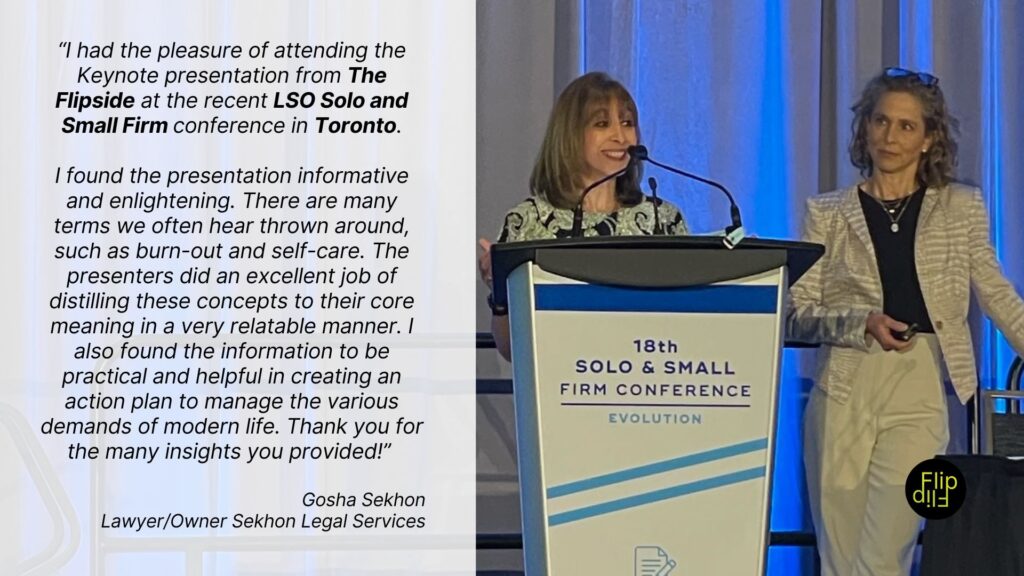Stress
E-mail stress is real! Write messages that work (not backfire!)

Let’s talk about emails.
I am aware that emails were once a novelty, much like ChatGPT might be today. But now, they are an essential work and communication tool that we can’t live without.
However, emails are a considerable source of stress. They are where most of our work gets done (which is perhaps the real problem), and given the globalization of the world, emails often replace in-person meetings or telephone conversations, leaving everything to the written word.
Recently, I finished a book called Unsubscribed by Jocelyn K. Glei. It is a short and highly practical book in which the author explores the most common mistakes we make with our inbox—especially with our outbox—while also providing interesting and useful templates at the end for various common scenarios.
The best part of the book is how she addresses the fact that emails lack one of the most important aspects of any human relationship: visual cues. This, in many ways, becomes the root cause of what I like to call “email stress.”
Let me explain. In any in-person conversation, we have the advantage of observing the other person’s body language, facial expressions, and reactions. These elements help us understand their state of mind, their agreement or disagreement with what we’re saying, and even when it’s time to stop talking. This is the beauty of human interaction.
However, emails lack these cues. Therefore, we must make an extra effort to ensure that what we write conveys our intended message and tone. If we skip this step, a single email can escalate into an extended and heated exchange. Work can suddenly double, and feelings can be hurt.
Throughout her book, Glei presents several emails “do’s” and “don’ts” that I found both obvious and yet so often overlooked. Let’s share some of them in the hopes that the next email you send triggers the response you’re looking for!
Don’t Scream!
The use of capital letters, aka “CAPS,” should be limited to specific situations. Otherwise, reading an email—or certain words in CAPS—can convey a sense of yelling, which will never be well received. Like anything, there is always the right time and place. For instance, if you want to include your responses in an email next to the original message, using CAPS is a perfectly acceptable way to differentiate them from the rest of the text. However, a good “heads-up” is appreciated. You can say: “My responses in CAPS below.”
Angry, hungry, or tired? STOP!
This leads to the second recommendation, which seems obvious: do not send an email when you are angry, hungry, or tired. We have to keep in mind that emails are not the right place to vent our frustrations. They are meant to be a communication and collaboration tool. Therefore, be mindful of your state of mind when crafting an email.
Get to the point in the first few lines.
Remember that every email you send will trigger a response from the recipient. So, it’s on you to make sure you receive the answer you want rather than initiating an extended email exchange that only serves to distract and waste time. In a world where attention spans are limited, don’t leave your ask until the end.
Take advantage of the power of deadlines.
Sometimes, we underestimate how important it is to set clear expectations and deadlines. If you want to avoid unnecessary back-and-forth on a request, make sure you clearly indicate when you need an answer.
At the end of the day, email is a tool, and like any tool, its effectiveness depends on how we use it. A little mindfulness in our inbox habits can go a long way in reducing stress and improving communication. So, before you hit “send,” take a moment to check your tone, clarify your ask, and ensure your email works for you—not against you.
Cheers,
MV





